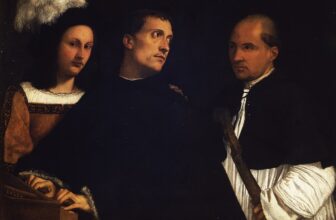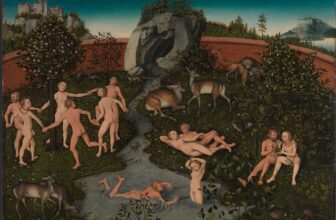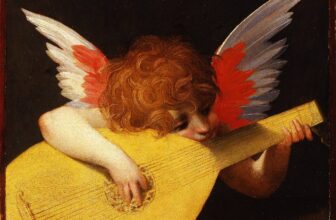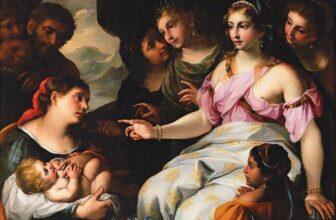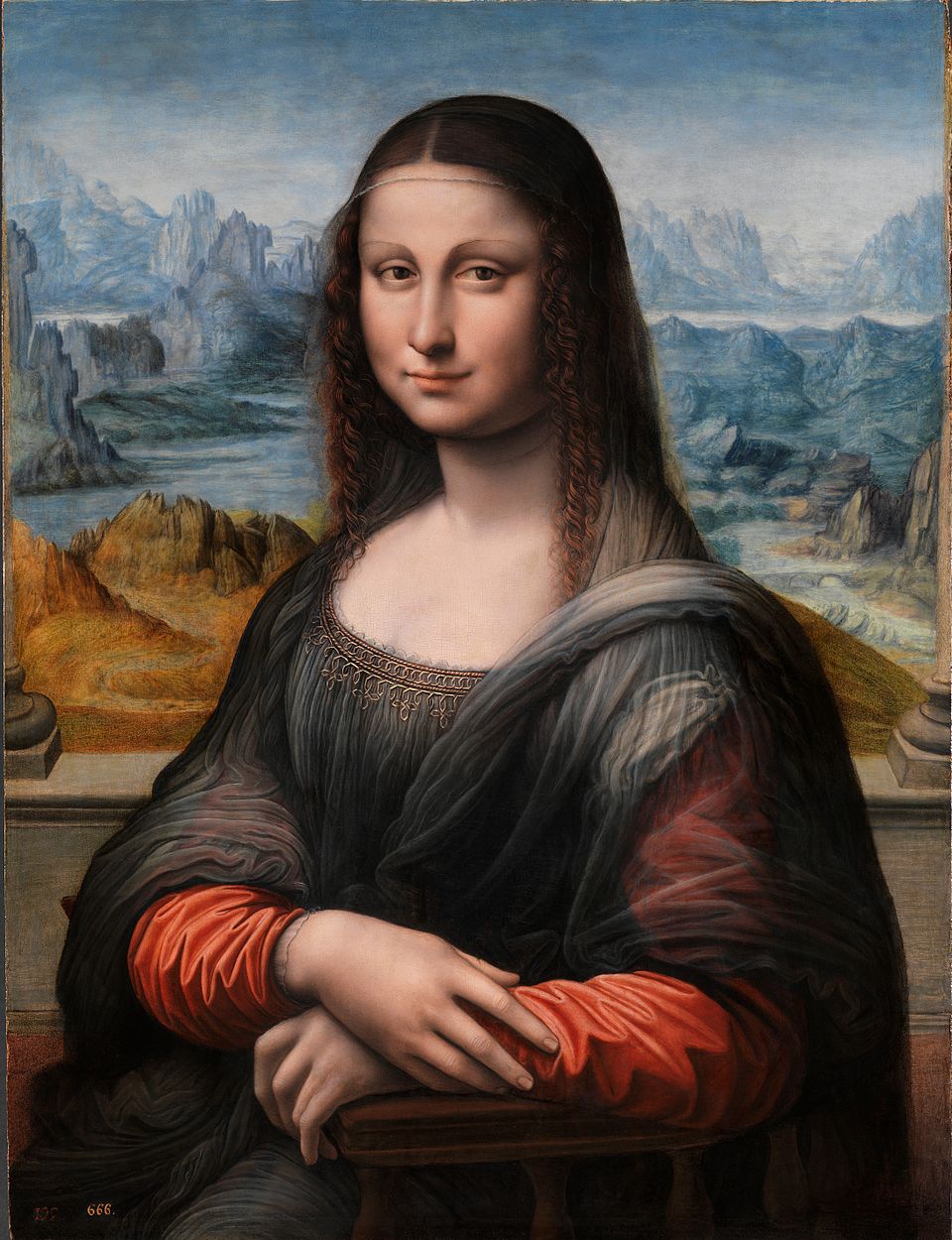
The Enigma of Mona Lisa: Unraveling the Woman, the Price, Her Age, and the Double Portrait Theory
In the hushed halls of the Louvre Museum in Paris, behind bulletproof glass and under the watchful gaze of security guards and thousands of art lovers each day, hangs a portrait that has intrigued the world for over five centuries. The Mona Lisa, painted by Leonardo da Vinci, is not just a painting; it is a symbol of mystery, genius, and timeless beauty. Her smile, often described as elusive, has inspired scholars, artists, and dreamers alike.
But behind that smile lies a swirl of questions that have never been fully answered: Who was the real woman in the Mona Lisa? How much did King Francis I pay for it? How old was the woman when she posed? And could there be two Mona Lisas?
This is the story of the woman behind the world’s most famous painting, and the secrets she may still be hiding.
Who Was The Woman Behind the Smile
Ask the average person who the Mona Lisa is, and they’ll likely respond with the name “Lisa Gherardini.” This identification has become the most widely accepted theory among art historians, thanks largely to notes left by Giorgio Vasari, a 16th-century artist and biographer of Renaissance painters.
Vasari wrote that Leonardo painted a portrait of Lisa del Giocondo, a Florentine woman married to a wealthy silk merchant named Francesco del Giocondo. This is where the painting gets its Italian name, “La Gioconda”, a play on her married name and a word that means “the joyful one.” Lisa Gherardini was born in Florence in 1479 and would have been around 24 years old when she supposedly sat for Leonardo.
However, this identification has never been definitively proven.
Da Vinci left no explicit records naming the subject. The painting was never delivered to the Giocondo family, and Leonardo kept it with him until his death. Some speculate this was because it wasn’t a commissioned work but rather a personal project, a blend of realism and idealization, a muse more than a model.
Others propose that the woman in the painting was Isabella d’Este, the Marchioness of Mantua, a renowned patron of the arts, or even Leonardo himself, rendered with feminine features in an act of gender ambiguity or hidden symbolism. Some conspiracy theorists even claim the Mona Lisa is a composite, or a visual code for secrets lost to history.
Despite the mystery, most scholars believe the Lisa Gherardini theory holds the most weight. In 2005, researchers found a note in the Heidelberg University Library by Agostino Vespucci, a Florentine official and contemporary of Leonardo. The note, dated 1503, clearly mentions Leonardo working on a portrait of Lisa del Giocondo. It’s the closest thing we have to a historical anchor in a sea of theories.
Still, even if we accept Lisa Gherardini as the woman, there remains the lingering question: Why did Leonardo, a man who rarely finished his commissions and was known to abandon projects, carry this painting with him for the rest of his life?
A Price Beyond Gold – How Much Did King Francis Pay?
When Leonardo da Vinci died in 1519 in Amboise, France, he was in the service of King Francis I, a great admirer of the Italian master. Leonardo had brought several of his works with him to France, including a painting he had worked on sporadically for years, the Mona Lisa.
After his death, the painting came into the hands of King Francis I, who placed it in the Château de Fontainebleau. From there, it became part of the royal collection and eventually ended up in the Louvre.
So how much did Francis I pay for the Mona Lisa
The historical record is, again, vague. Some sources suggest Francis paid 4,000 gold écus for Leonardo’s collection, which included the Mona Lisa and a few other paintings. That would be roughly equivalent to $100,000 to $200,000 in today’s money, but the Mona Lisa itself may have accounted for only a portion of that sum.
Compared to today’s art market, where works by lesser-known artists routinely sell for tens of millions, the price may seem modest. But in the 16th century, this was a princely sum, enough to buy a luxurious estate or fund a military campaign.
What’s even more telling is not the monetary value, but the symbolic importance. Francis didn’t just acquire a painting, he claimed a masterpiece from one of the greatest minds in human history. He displayed it proudly, not just as art, but as a piece of cultural supremacy. This act would help establish France as a center of Renaissance art and knowledge.
So while the exact figure is debated, one thing is clear: to King Francis I, Leonardo’s Mona Lisa was priceless.
The Model’s Age – Youth or Maturity
If Lisa Gherardini was indeed the model, then her age at the time of the sitting would have been around 24 years old. She had recently given birth to her second son and was living a relatively quiet life as the wife of a wealthy merchant. The portrait may have been commissioned to celebrate the birth or the family’s move into a new home.
Yet, the Mona Lisa does not look quite like a young bride. Her features are soft but not youthful. Her gaze is calm, almost meditative, with the knowing smile of someone who has seen and accepted life’s complexity. She wears no jewelry, no extravagant dress, and no direct symbols of wealth or status, unusual for a Renaissance portrait of a woman.
This understated representation led some historians to suggest that Leonardo was less interested in the woman as a social figure and more interested in capturing a universal essence, a face that represented inner life, not outer status.
Leonardo was also experimenting with new artistic techniques at the time. The Mona Lisa shows his use of sfumato, a soft blending of colors and tones that gives the painting its smoky, lifelike quality. He may have reworked the face multiple times, aging it subtly as he went, not to reflect Lisa’s actual appearance, but to create a portrait that transcended time.
So while the model may have been in her early twenties, the Mona Lisa herself feels timeless, as if Leonardo painted not just one woman, but every woman.
Are There Two Mona Lisas
Perhaps the most tantalizing theory of all is that there are two versions of the Mona Lisa, and that Leonardo painted both.
In 2012, a Swiss-based organization called the Isleworth Mona Lisa Foundation unveiled what they claim is an earlier version of the painting. Known as the Isleworth Mona Lisa, it depicts a woman with a nearly identical pose but in a younger form, against a different background, and with brighter coloring.
This version was supposedly painted around 10 years earlier than the Louvre’s Mona Lisa, possibly as a prototype or initial commission for the Giocondo family. According to the foundation, it was then set aside as Leonardo refined his vision into the more famous version we know today.
The Isleworth painting has been subjected to a battery of scientific tests, carbon dating, infrared imaging, and stylistic analysis, all pointing toward the possibility that it came from Leonardo’s hand, or at least from his workshop.
Yet the art world remains deeply divided. Critics argue that the differences in style are too significant, or that it may be the work of one of Leonardo’s students or followers. Others suggest it was an outright forgery made to capitalize on Mona Lisa’s fame.
Still, the possibility that there are two Mona Lisas continues to captivate imaginations. If true, it would suggest that Leonardo saw the painting not as a finished product, but as a living idea, evolving in his mind over time.
A Smile for the Ages
What makes the Mona Lisa endure?
Perhaps it’s the ambiguity, the sense that she is always on the verge of telling you something, but never quite does. Her smile has been analyzed for centuries. Some say it fades when you look at it directly, only to reappear from the corner of your eye. Neurologists suggest this is due to the way the human brain processes light and shadow in peripheral vision. Others say it’s the brilliance of Leonardo’s technique: the smile lives because it never quite resolves.
Leonardo da Vinci was not just an artist but a scientist, an anatomist, an inventor, a thinker far ahead of his time. In the Mona Lisa, he may have embedded more than beauty, perhaps he encoded his philosophy, his studies of human nature, and his desire to capture the soul, not just the form.
Even in the digital age, when high-definition images of the painting are available at the click of a button, millions still flock to the Louvre for a fleeting, real-life encounter with her. People take selfies, crane their necks over shoulders, and wait in line just for a glimpse of that enigmatic expression.
And maybe that’s the final piece of the puzzle: we don’t just look at the Mona Lisa, she looks at us.
The Woman, the Myth, the Masterpiece
So, who is the real woman in the Mona Lisa? Most likely, Lisa Gherardini, a Florentine mother and merchant’s wife. How much did King Francis pay? Possibly 4,000 gold écus, a small fortune in his day. How old was she? Around 24. And are there two Mona Lisas? There just might be.
But ultimately, the Mona Lisa transcends all of that. She is not just a woman, not just a painting, not just a subject of speculation. She is a mirror held up to the viewer, offering mystery, serenity, and an invitation to wonder.
And perhaps that is the greatest masterpiece of all: not the painting itself, but what it awakens in us.
